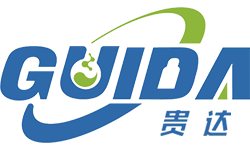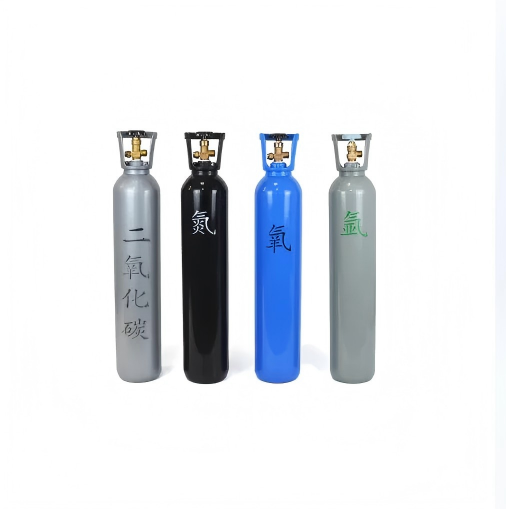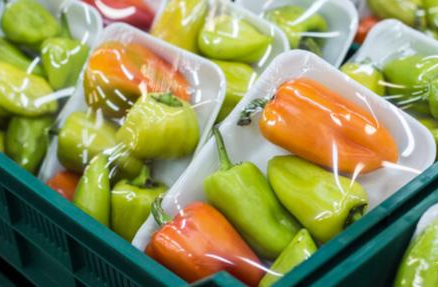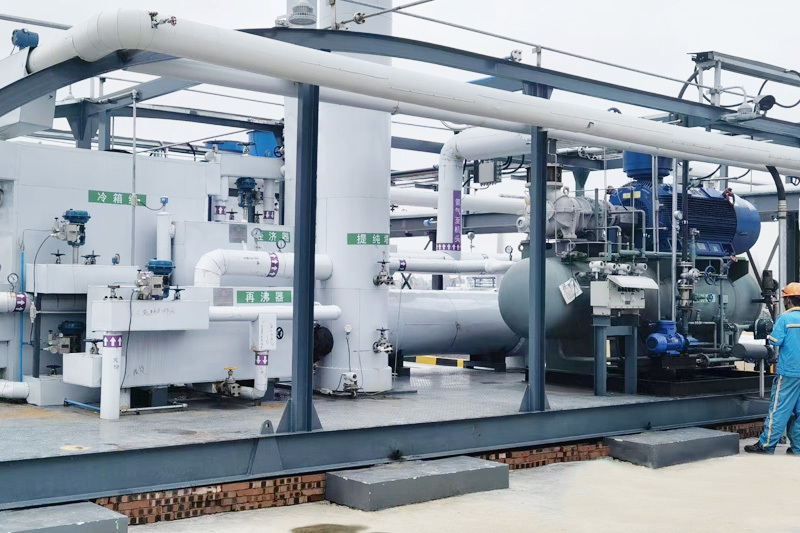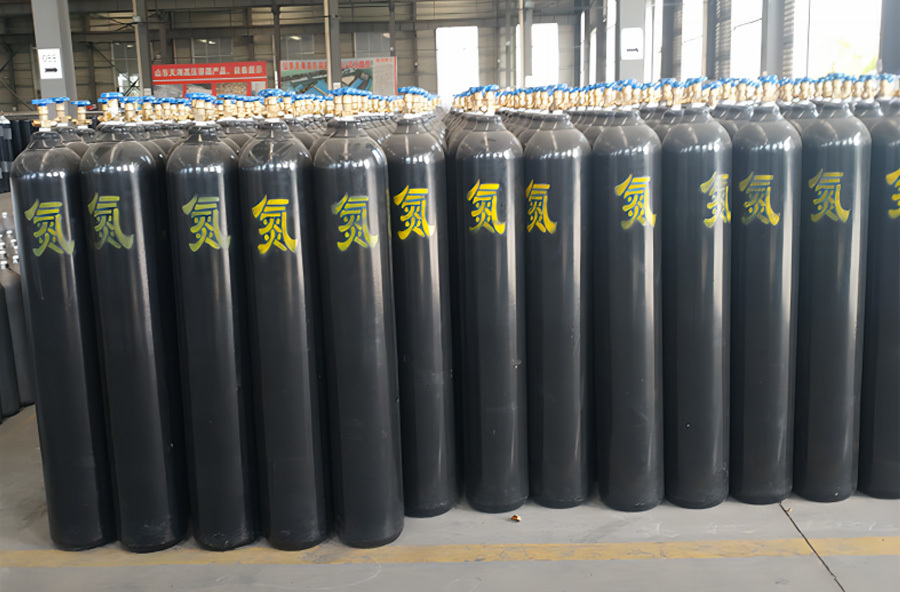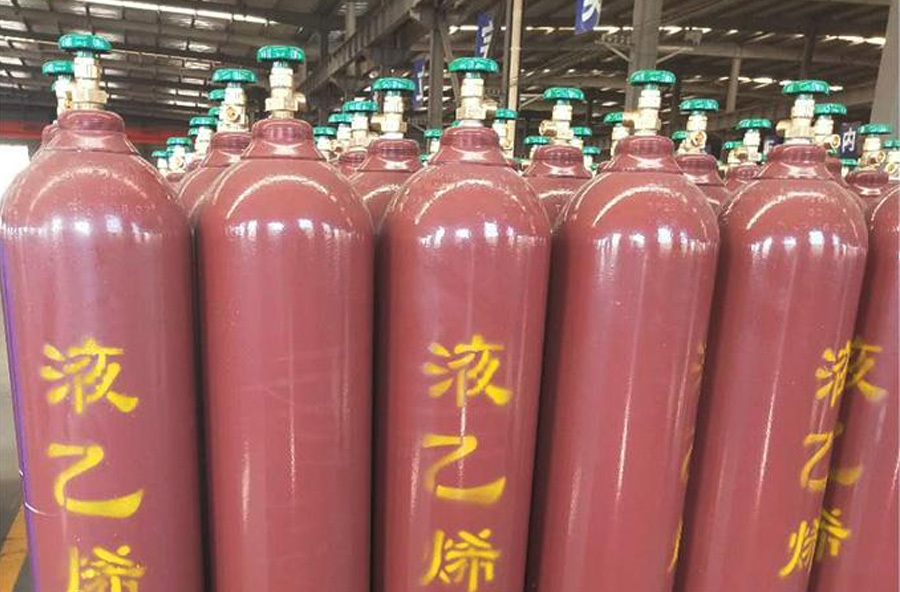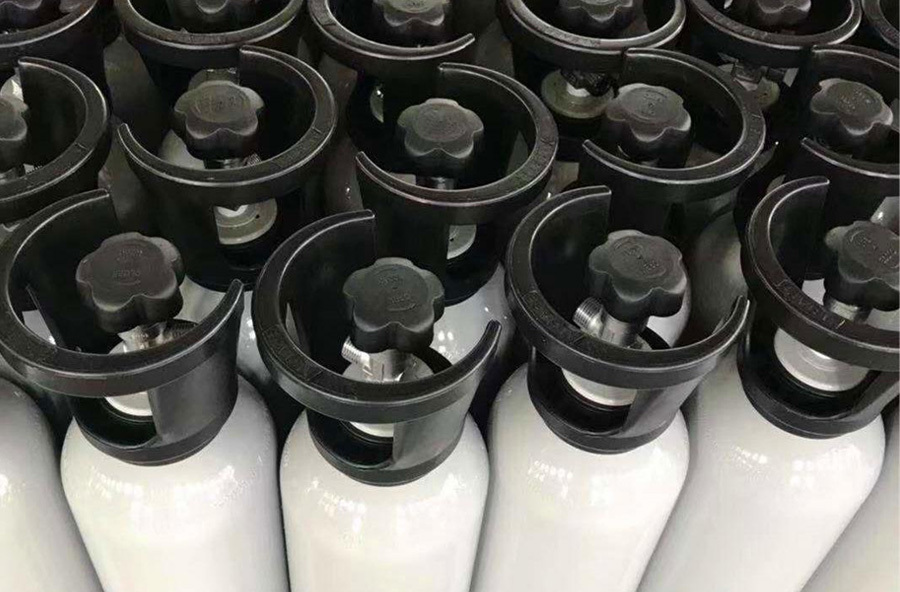Industrial Gases: Common Applications, Separation Methods and Principles
Release time:
2025-10-09
Industrial gases can be classified into general industrial gases and special industrial gases. General industrial gases do not have high requirements for product purity, and the production and sales volume of special gases is very small. However, depending on different uses, there are extremely strict requirements for the purity and composition of different special gases, the maximum allowable content of harmful impurities, and the packaging, storage and transportation of products. They belong to high-tech and high value-added products.
Industrial gases can be divided into general industrial gases and special industrial gases. General industrial gases have relatively low requirements for product purity. Special industrial gases have small production and sales volumes, but depending on different applications, they have extremely strict requirements for the purity and composition of different special gases, the maximum allowable content of harmful impurities, and the packaging, storage and transportation of products. They are high-tech and high-value-added products. Usually, special gases are classified into three categories: high-purity or ultra-high-purity gases, standard calibration gases, and mixed gases with specific compositions.
I. Applications of Industrial Gases
Industrial gases refer to oxygen, nitrogen, argon, hydrogen, carbon dioxide, acetylene, natural gas, etc. Due to their inherent physical and chemical properties, these gases play a pivotal role in the national economy, with a very fast pace of promotion and application, and have penetrated almost all industries. As important basic materials in modern industry, gas products have a wide range of applications. A large number of common gases or special gases are used in metallurgy, iron and steel, petroleum, chemical industry, machinery, electronics, glass, ceramics, building materials, construction, food processing, medical and healthcare sectors.
The traditional industries with the largest consumption of industrial gases include: steelmaking, ironmaking, non-ferrous metal smelting, chemical fertilizer production, ethylene, propylene, polyvinyl chloride, man-made fibers, synthetic fibers, silica gel rubber products, cables, synthetic leather and other petrochemical industries; welding in the machinery industry, metal heat treatment, helium leak detection, etc.; and float glass production. Due to the rapid development of these traditional industries in recent years, the consumption of industrial gases has also reached a peak.
Industries with a growing demand for industrial gases include: coal mine fire extinguishing, oil exploitation, coal gasification and coal liquefaction; industrial furnaces such as glass melting furnaces, cement production kilns, refractory material production kilns, and brick kilns; food quick freezing, modified atmosphere food packaging, beer preservation; optics, fuels in the national defense industry, superconducting material production; electronics, semiconductors, optical fiber production; agriculture, animal husbandry, fishery, wastewater treatment, pulp bleaching, garbage incineration, waste tire crushing and other environmental protection industries; construction, meteorology, culture, cultural relic protection, sports, public security investigation; cryosurgery in the medical and healthcare industry, oxygen inhalation for critically ill patients, hyperbaric oxygen therapy, low-temperature refrigeration of human organs, anesthesia technology and oxygen bars.
Industries where the application of industrial gases is under test include: solid nitrogen production, fuel cell production, magnetic material production, ultra-fine processing, natural gas power generation, compressed natural gas vehicles, hydrogen energy vehicle production, etc.
Industries with large consumption of industrial gases, such as iron and steel, chemical fertilizer, chemical industry, glass and chemical fiber industries, all build their own gas production equipment and implement the business policy of self-production and self-marketing. Some industries with small consumption of industrial gases mainly rely on purchasing industrial gases from the market.
II. Separation Methods and Principles of Industrial Gases
Common industrial gases include oxygen, nitrogen, argon, carbon dioxide, liquid ammonia, liquid chlorine, acetylene gas, hydrogen, etc. There are many production methods for industrial gases, and the following will briefly introduce some common production methods.
1. Oxygen
The main production methods of industrial oxygen include air liquefaction separation and rectification (referred to as air separation method), water electrolysis method, pressure swing adsorption method, etc. The technological process of producing oxygen by the air separation method is roughly as follows: air intake → carbon dioxide absorption tower → compressor → cooler → dryer → refrigerator → liquefaction separator → oil separator → gas storage tank → oxygen compressor → gas filling. Its basic principle is to liquefy air first, then use the difference in boiling points of various components in the air to separate and rectify in the liquefaction separator to produce oxygen. The research, development and commissioning of large-scale oxygen generation units have continuously reduced the energy consumption of oxygen generation and facilitated the simultaneous production of a variety of air separation products (such as nitrogen, argon and other inert gases). For the convenience of storage and transportation, the liquid oxygen separated by the liquefaction separator is pumped into a low-temperature liquid storage tank, and then transported to various cryogenic liquefaction permanent gas filling stations by tank trucks. Liquid nitrogen and liquid argon are also stored and transported by this method.
2. Nitrogen
The main production methods of industrial nitrogen include air separation method, pressure swing adsorption method, membrane separation method and combustion method. The nitrogen produced by the air separation method has high purity and low energy consumption. The pressure swing adsorption nitrogen production technology uses 5A molecular sieve to selectively adsorb components in the air, separate oxygen and nitrogen to produce nitrogen. The nitrogen product has high pressure and low energy consumption, and the product purity can meet the national standard requirements: industrial nitrogen ≥ 98.5%, pure nitrogen ≥ 99.95%.
3. Argon
Argon is the inert gas with the highest content in the atmosphere, and its main production method is the air separation method. In the oxygen production process, the fraction with a boiling point of about -185.9℃ is separated from the liquefaction separator to obtain liquid argon.
4. Carbon Dioxide
The main production methods of carbon dioxide include: by-product carbon dioxide from lime production, by-product carbon dioxide from the brewing and fermentation process, carbon dioxide produced by the combustion of heavy oil, coke, etc., and by-product carbon dioxide from the synthetic ammonia industry. At present, the raw materials for the synthetic ammonia industry are mostly gas, refinery gas, coke oven gas and coal, whose main components are hydrocarbons with different hydrogen-carbon ratios and elemental carbon. They react with water vapor at high temperatures to generate syngas mainly composed of hydrogen and carbon monoxide, and the carbon monoxide is converted into carbon dioxide through a shift reaction. The purification methods of carbon dioxide include: absorption method, pressure swing adsorption method, adsorption rectification method and membrane separation method.
5. Ammonia
The main production method of ammonia is the direct synthesis method. The technological process of synthetic ammonia is as follows: blow air and water vapor into red-hot coke in a water gas generator to first obtain a mixed gas of nitrogen and hydrogen, and then prepare the raw gas through production processes such as washing heat exchange, condensing carbon dioxide and absorbing carbon dioxide. The refined mixed gas is sent to the synthesis reactor through a filter, cooler, ammonia separator and heater, and liquid ammonia is separated by the separator.
6. Chlorine
The main production method of chlorine used in industry is the electrolysis of saturated brine. Chlorine with higher purity is obtained when electrolyzing molten chlorides to prepare active metals. The by-product hydrogen chloride from the organic synthesis industry can be catalyzed by air or oxygen to oxidize and convert it into chlorine.
7. Acetylene Gas
The main production methods of acetylene include calcium carbide hydrolysis method, high-temperature combustion cracking method of methane or hydrocarbons, and plasma cracking method. The calcium carbide hydrolysis method has a short technological process and high product purity, but high energy consumption. Most dissolved acetylene production adopts this method. According to the dissolution characteristics of acetylene, acetylene gas is compressed and filled into a solvent, and stored in a steel cylinder filled with porous fillers. Acetone, as an excellent solvent, is adsorbed by the filler in the steel cylinder to dissolve and release acetylene. Its function is to increase the effective volume of the steel cylinder and reduce the explosive performance of acetylene gas. The function of the integral calcium silicate porous filler is to uniformly adsorb acetone and prevent the spread of acetylene decomposition and explosion. The promotion and use of dissolved acetylene gas cylinders is convenient for use, improves work efficiency, improves the environment and saves calcium carbide consumption. However, it is necessary to ensure that the porous filler in the steel cylinder is not damaged or polluted, and the filling amount of acetone solvent should meet the needs of acetylene gas filling to ensure safety and reliability. The technological process of dissolved acetylene production and filling is as follows: after the crude acetylene gas is generated, it undergoes chemical purification to remove impurities such as sulfur and phosphorus, then is compressed and dried, and finally filled into the dissolved acetylene gas cylinder.
8. Hydrogen
The main production methods of industrial hydrogen include: hydrogen production by mineral combustion conversion, hydrogen production by water electrolysis, and hydrogen production by semi-water gas method. The water electrolysis hydrogen production method has reliable technology, simple operation, convenient maintenance, no pollution and high purity of produced hydrogen. However, its electricity consumption is large and the cost is high, so its production development is restricted to a certain extent. It is mainly supplied to users who require high purity of hydrogen but have a small consumption. However, with the application of new technologies, the improvement of water electrolysis technology has been promoted, which has continuously reduced the cost and power consumption of water electrolysis hydrogen production technology, and it is expected to become the most important production method of "clean energy". At present, the hydrogen production methods under research and development include: hydrogen production by electrochemical decomposition of water, hydrogen production by photocatalysis, etc.
Preceding Page:
Related News
Qingdao Guida Special Gas Co., Ltd
Tel/Whatsapp/Wechat: +86-18553205493 (Manager Fiona )
Tel: +86-18053298216 (Manager Liu)
E-mail: postmaster@guidagas.com
Address: 112 Shuangyuan Road, Chengyang District, Qingdao City, Shandong Province


Online Message
Note: Please leave your contact information and our professionals will contact you as soon as possible!
